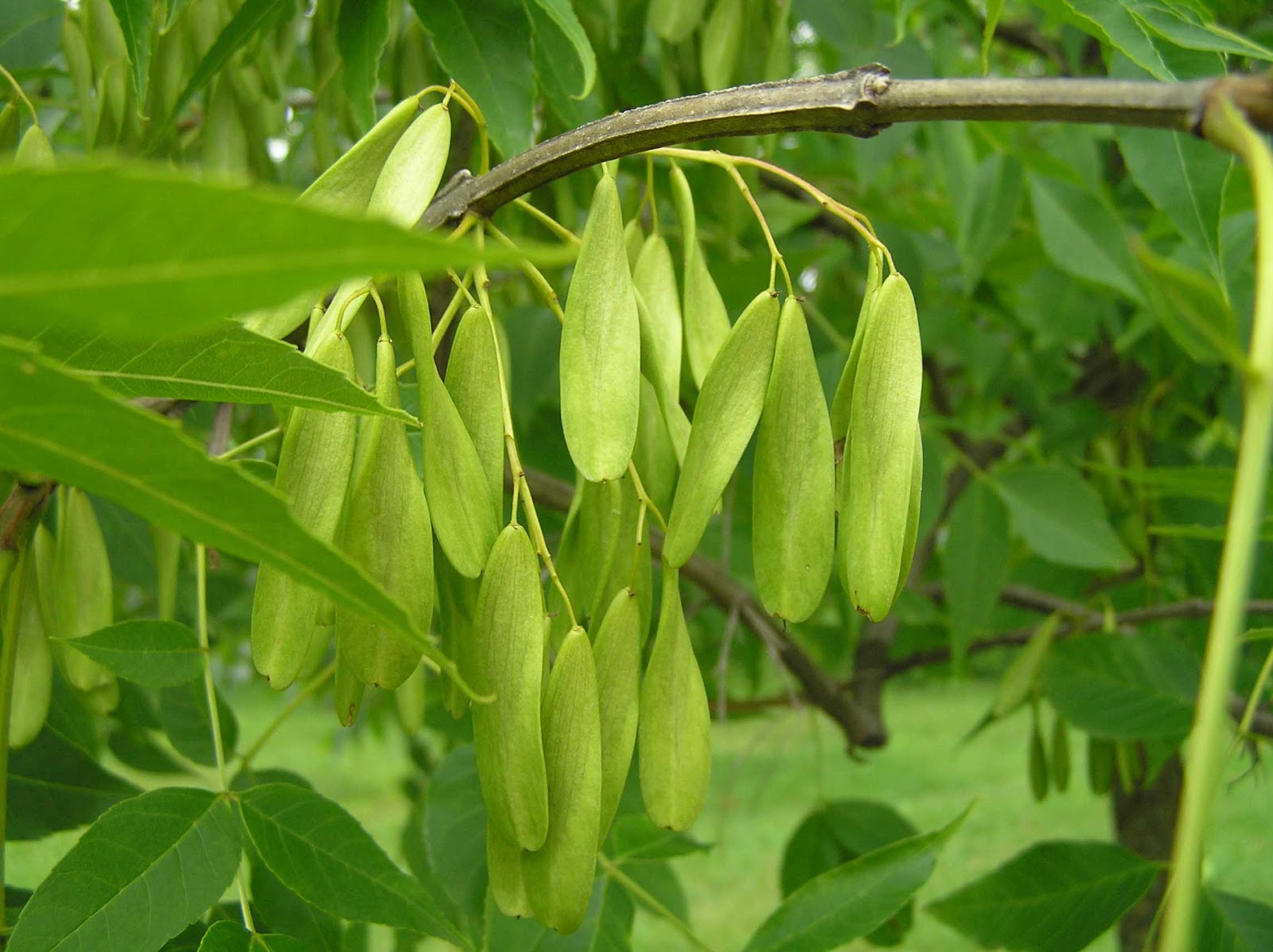What it looks like
Blue ash is unique for its 4-sided twigs and loose, scaly maturing bark. Leaves are opposite and compound, with 5-11 toothed leaflets and long tapering tips. The wings on the seedcases differ from other ashes in being wider and twisted, and enclosing the entire seed. It has a low reproductive rate.
Blue ash is also unique for its ability to grow in floodplains or dry, sandy limestone outcrops. It is threatened both by Emerald Ash Borer and lack of suitable habitat in Ontario.
Where it is found
Blue ash is one of the rarest species of ash trees in Ontario, confined small patches on the islands and northern shores of Lake Erie, and the floodplains of the Thames and St. Clair rivers. It is listed as Threatened and is protected under the Endangered Species Act, 2007.
Planting Tips
- Size: Up to 20 m tall
- Moisture: Moist to dry
- Shade: Prefers full sun but tolerates partial shade
- Soil: Adaptable except to wettest sites
If you are interested in planting blue ash as part of the Recovery Strategy, contact your local Ministry of Natural Resources Species at Risk biologist.
Did you know?
Blue ash gets its name from a sticky substance found under the bark that turns blue when exposed to air.


إرسال تعليق